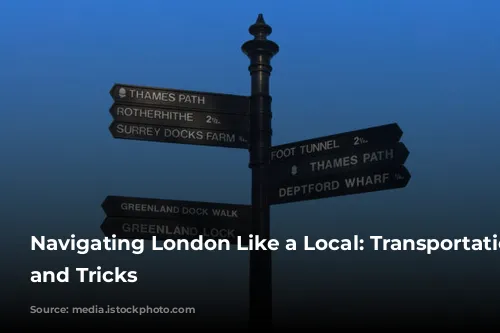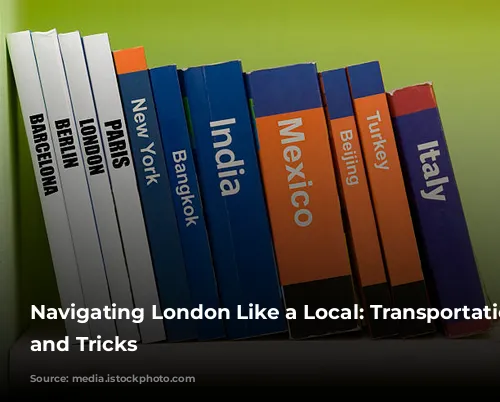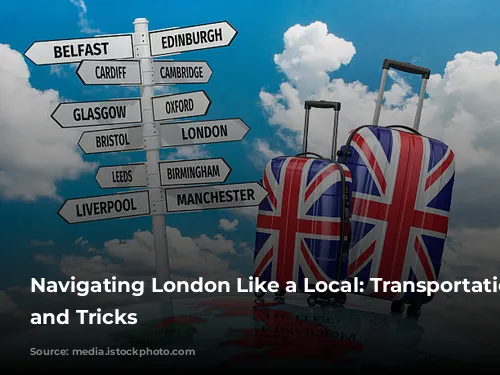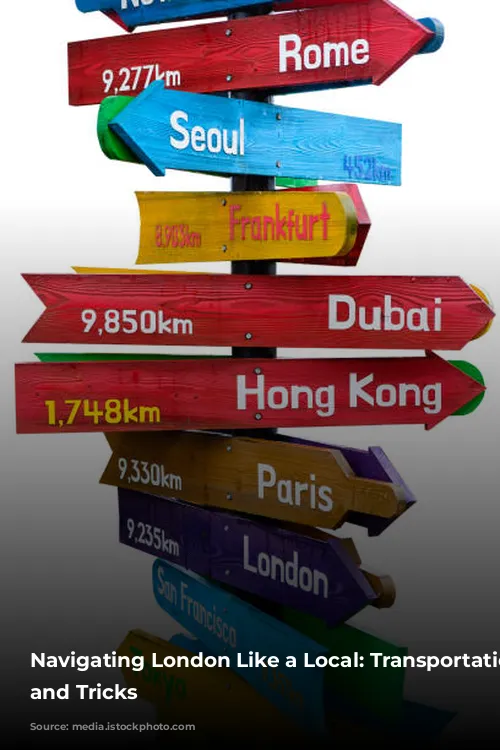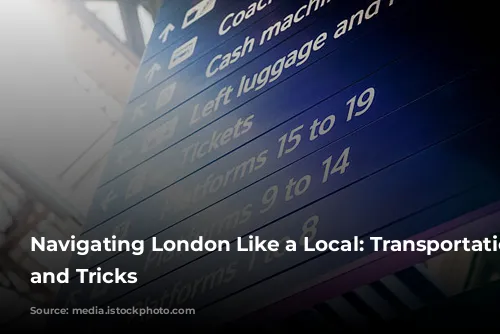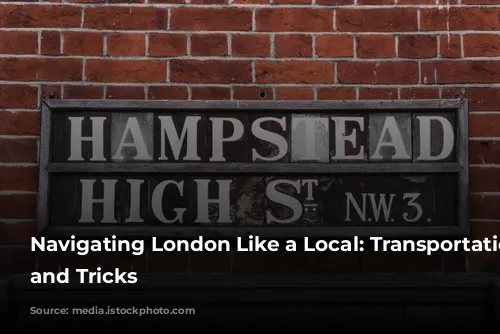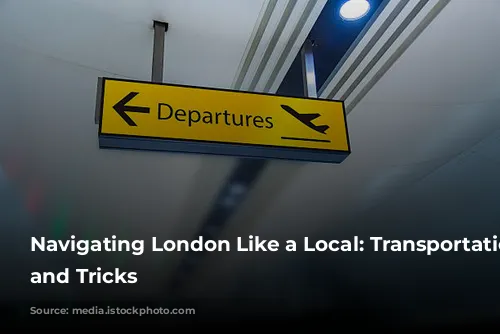London
is a city that thrives on its robust public transportation system. Getting around is a breeze, with options that cater to all preferences and budgets. Whether you’re a seasoned traveler or a first-timer, you’ll find navigating London’s streets a delightful experience. Let’s dive into the various ways to get around this vibrant city.
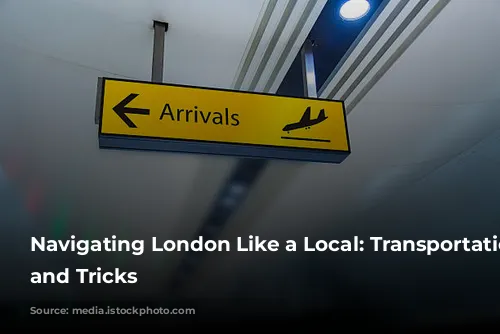
Public Transportation: Your Key to Exploring London
Forgetting your car is a breeze in
London
, thanks to its efficient and easy-to-use public transportation system. Forget the stress of navigating traffic or finding parking spots. London’s public transportation network is your key to unlocking the city’s hidden gems and iconic landmarks.
Finding your way is a simple task. Just pop your current location and desired destination into Google Maps and select the public transportation icon. You’ll be presented with a clear overview of tube and bus routes, complete with departure and arrival times. Londoners are also avid walkers, making the city feel alive and vibrant. You’ll find yourself joining a bustling sea of people enjoying the city’s energy, whether heading to a nearby cafe or taking a leisurely stroll through a charming park.
Even solo female travelers like myself feel safe and comfortable
walking
around London. I found that the city’s energy and friendly locals made me feel secure in every area I visited. The atmosphere is welcoming and the streets are well-lit, ensuring a safe and enjoyable experience.
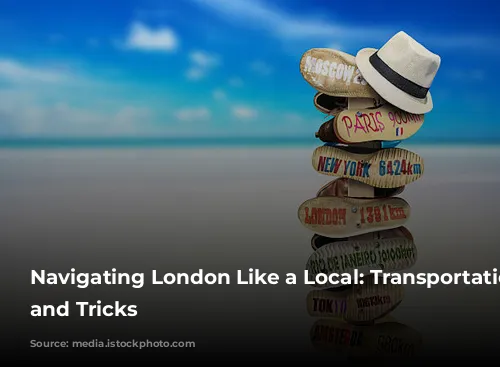
Paying for Public Transportation: Your Options Explained
London
offers a variety of convenient and affordable payment options for using public transportation. The Transport for London website provides comprehensive information about each option, but I’m here to break it down for you and share my personal experiences.
The Oyster Card, a blue plastic card resembling a credit card, is a popular choice for travelers. You can easily acquire one at any tube station from dedicated kiosks. Choose between a standard Oyster Card or a Visitor Oyster Card, and load it with your credit card or cash. It’s important to note that only one Oyster Card per person is permitted, so if you’re traveling with friends or family, each person will need their own card.
With an Oyster Card, you can easily travel across London’s public transportation network, including the tube and buses. It boasts a daily cap, offering significant savings if you plan to take multiple tube journeys throughout the day, especially when exploring this fascinating city.
While a Visitor Oyster Card is available, it has fewer benefits than the standard Oyster Card. You can’t load a travel pass onto it, which is a drawback if you’re in London for an extended period. However, its main advantage is that you can have it shipped directly to your home before your trip. But, honestly, getting a standard Oyster Card at the tube station is a seamless process. Remember, you can’t purchase a Visitor Oyster Card once you arrive in London – it must be ordered and shipped beforehand.
In 2023, London made a significant shift, embracing contactless payments. Now, you can say goodbye to Oyster Cards! You can use your contactless credit card or digital wallet, such as Google Pay or Apple Pay, to travel seamlessly. Just tap your card or phone at the designated areas where you would previously tap an Oyster Card. The best part? You still get the same benefits, including the daily cap, as long as you use the same card throughout the day.
For longer stays, a Travelcard is a fantastic option. These prepaid cards offer unlimited travel within specific zones in London. If you plan to spend seven or more days in London, a 7-day Travelcard will save you money, providing seven days of travel for the price of five. You can conveniently purchase a 7-day Travelcard and load it onto your Oyster Card when you buy it. Remember, you can’t load a Travelcard onto a Visitor Oyster Card, only the regular Oyster Card purchased in London.
For shorter stays, an Oyster Card or contactless payment will be your best friend. The daily cap ensures you’re paying the most economical fare for trips shorter than seven days.

The London Underground: A Timeless Treasure
The
London
Underground, lovingly nicknamed “the Tube,” is the world’s oldest subway system, dating back to 1863. It’s the fastest and most convenient way to navigate the city, and I often find myself hopping on and off the Tube multiple times a day. While it’s undergone significant improvements over the years, many stations still lack accessibility for those who cannot climb stairs. However, there are accessible stations, clearly marked with the International Symbol of Access (ISA) – an icon of a person in a wheelchair – on the Tube map.
Entering and exiting the Tube is a simple process. You’ll need to tap your Oyster Card, contactless credit card, or digital wallet at the turnstiles as you enter and exit each station. So, keep your card or phone handy to ensure a smooth journey.
Each station is equipped with a clear map of the lines running through it, along with the stops they serve. Before reaching a station, take a moment to identify the stop closest to your destination. This simple step will save you time and ensure you get off at the right place.
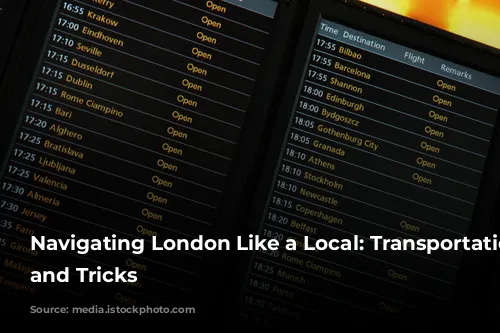
Ride-Sharing Services: Your On-Demand Transportation
Uber, Lyft, and Bolt are all available in
London
, providing convenient ride-sharing options. These services can be accessed through their respective apps if you have cellular service or Wi-Fi. If you’re traveling from the U.S., Bolt might be new to you as it’s not operational in North America. I haven’t personally used Bolt in London yet, but it was our go-to ride-sharing option in Malta.
Bolt is typically more affordable than Uber and Lyft, making it a popular choice among budget-conscious travelers. While I experienced quick wait times for Bolt rides in Malta, some travelers have mentioned longer wait times in London. Keep this in mind if you need a ride quickly.
All three ride-sharing apps offer scheduled rides, a valuable option for those who need early morning transportation, like trips to the airport. This eliminates the uncertainty of finding a driver on demand at inconvenient hours.
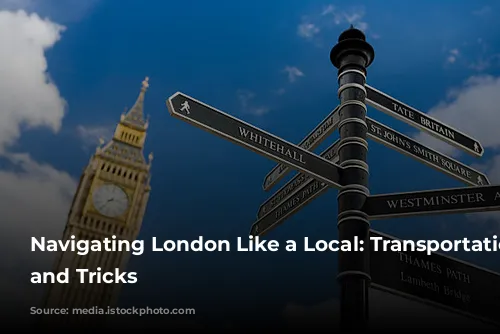
Cycling and Scooters: Exploring the City on Two Wheels
London
boasts a vast network of bike paths that accommodate both bikes and scooters, including electric ones. However, remember that these modes of transportation are not allowed on sidewalks.
For detailed information on bringing bikes and scooters onto public transportation, visit the Transport for London (TfL) official website. While cycling and scooters can be an enjoyable way to explore the city, I wouldn’t recommend it for first-time visitors. It can be more of a hassle than a convenience, especially when you’re trying to navigate a new city.
Walking or using public transportation is my preferred method of getting around London. The city is incredibly walkable, with a vibrant atmosphere and friendly locals. I love the pedestrian culture and find myself
walking
5-10 miles a day, taking in the sights and sounds of the city.
Even on rainy days, Londoners embrace walking. You’ll see people out and about with umbrellas, rain boots, and warm coats. I’ve even had my fair share of rainy walks during winter visits. If you enjoy walking, it’s an excellent way to discover hidden gems and experience the city in a way you wouldn’t otherwise.
London is a city that truly comes alive on foot. Exploring on foot allows you to stumble upon charming cafes, hidden parks, and lively markets that you might miss when relying solely on public transportation. It’s an immersive way to connect with the city’s energy and appreciate its beauty.
Walking in London is not just a means of getting around – it’s an experience in itself. Enjoy the city’s vibrant streets, friendly locals, and the unique sights and sounds that come with it.
